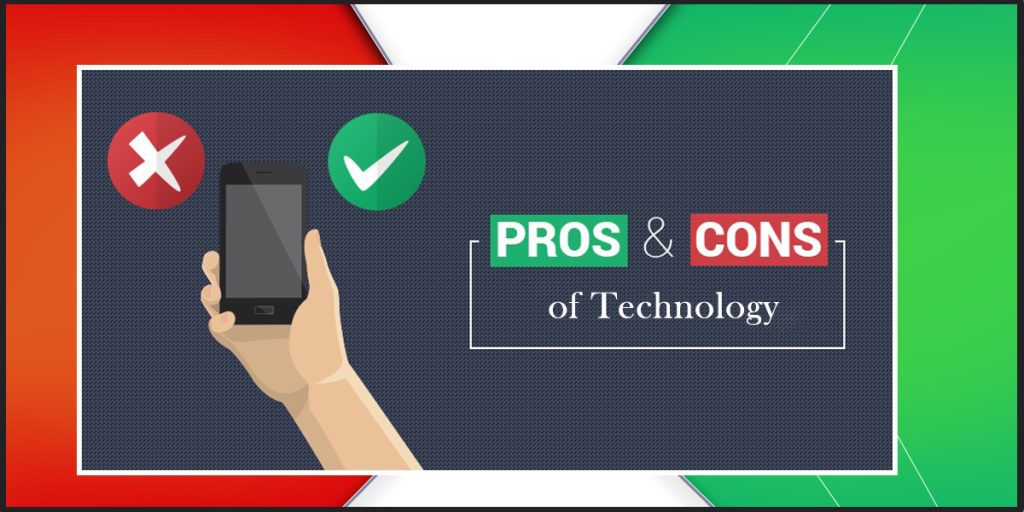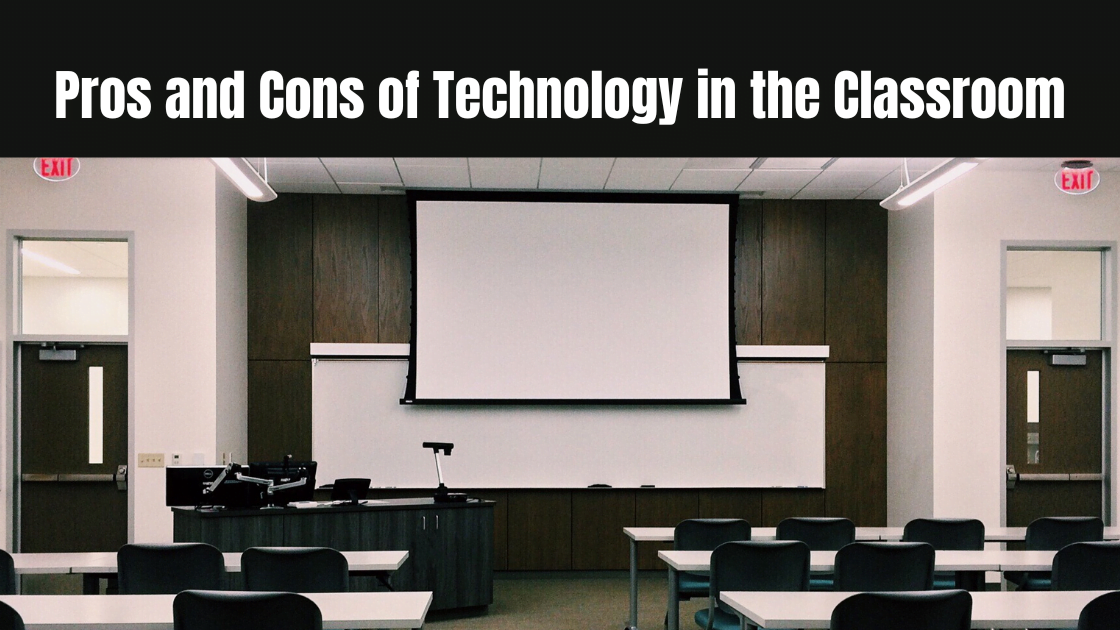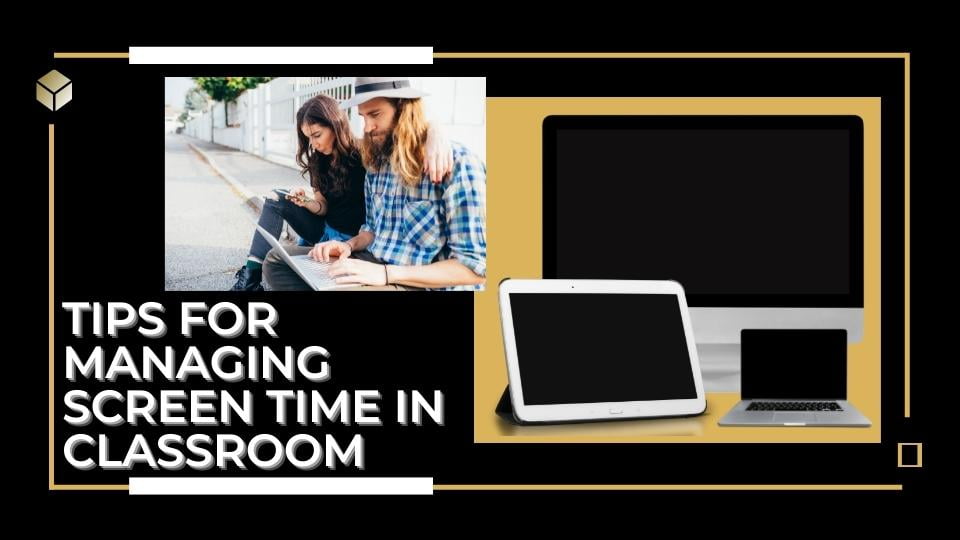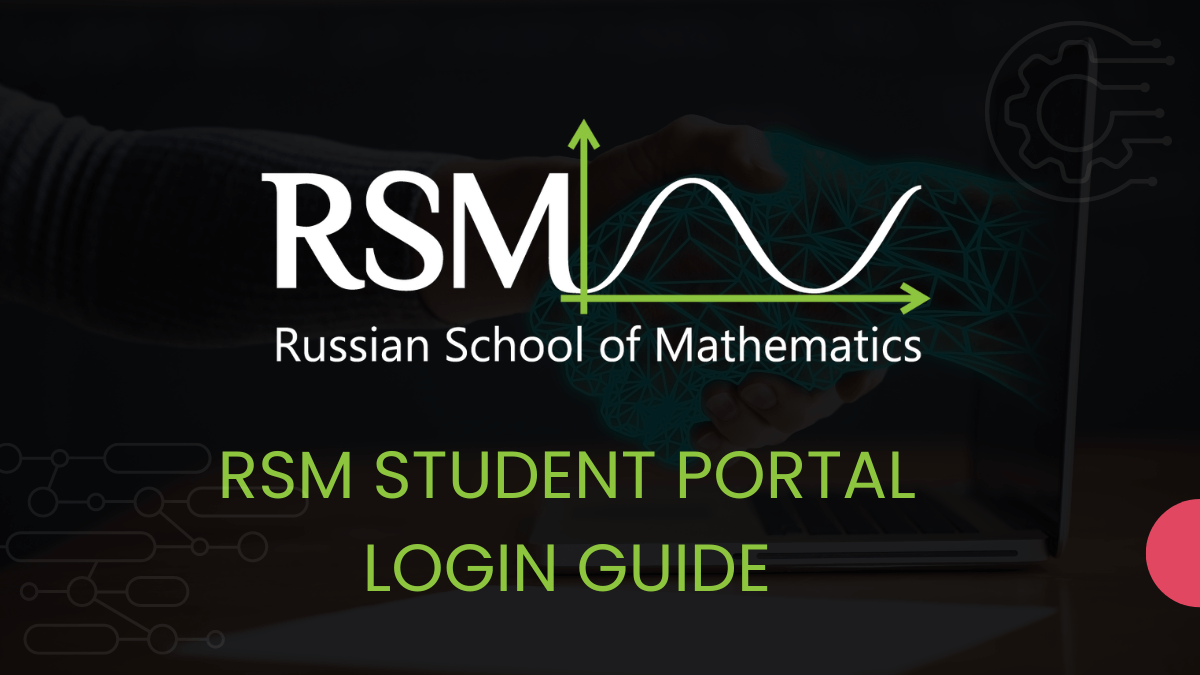As technology becomes increasingly prevalent in our lives, it is no surprise that it has begun to make its way into the classroom. It has changed the way we communicate, the way we work, and the way we learn. It is no secret that technology has taken over the world. Everyone has a smartphone, computer, or other type of electronic device. People cannot imagine living without them. This is especially true for young people who constantly use technology to connect and learn.
Schools have started implementing more technology into their curriculums to keep up with students’ needs and prepare them for the future. People believe technology should be introduced into the classroom to improve education outcomes. However, there are also people who believe that this is not an innovative idea. We will explore both sides of this argument and conclude whether technology should be used in the classroom.
Pros of Technology in the Classroom
Technology Makes Learning More Engaging
Technology has become an integral part of our everyday lives, and it is no surprise that it has found its way into the classroom. Utilizing technology in the school can provide a more engaging experience for students by allowing them to interact with educational materials in exciting ways. For instance, technology can create interactive learning experiences involving multimedia elements such as videos, audio, and visuals. This type of learning helps students stay focused and engaged for longer since they can interact with the content directly rather than just listening to a lecture or reading a book.
Traditional Learning Activities
Technology can also be used to make traditional learning activities more exciting. For example, teachers can use online platforms to create engaging activities that challenge students to apply their knowledge creatively. This learning encourages critical thinking skills while providing direct instruction and feedback on student performance. Additionally, students can work on projects together through technology-based platforms such as Google Classroom or even through video conferencing software like Zoom or Google Hangouts. This allows them to collaborate on projects while engaging with the material in exciting ways.
Technology Can Save Teachers Time
Technology can immensely help teachers, as it can save them time when preparing and delivering lessons to students. Teachers can quickly access resources, create materials, and assign tasks to their students by leveraging digital technologies like online learning platforms and educational apps. This saves them the time of having to buy physical textbooks or resources that often come with excessive costs.
Furthermore, digital tools like video conferencing apps enable teachers to deliver live lectures from anywhere in the world – allowing remote teaching as well as traditional classroom-based instruction. This eliminates the need for travel time and reduces the administrative burden of scheduling and setting up lectures for each class. Additionally, by using software such as interactive whiteboards or 3D modeling tools, teachers can better engage students in their lesson content and ensure that everyone is on the same page throughout the course.
Cons of Technology in the Classroom
Technology can be a Distraction
Technology can significantly disrupt the classroom, leading to decreased productivity and focus. Students may become easily distracted by their devices, such as smartphones or tablets, and pay less attention to the material stuff.
Studies have also shown that the use of technology in class can lead to an increase in cheating or plagiarism due to its ease of access. Furthermore, if a teacher never professionally trained in using technology, setting up the devices and software for use in the classroom can accept valuable instruction time.

Unreliable Information is Everywhere
Technology is everywhere, and it has been embraced by classrooms to enhance the learning experience. While having access to online resources, videos, and other digital materials can be beneficial for students in terms of gaining knowledge and expanding their understanding. It also opens the door to unreliable information. With so much online communication, it can be challenging to accurately vet all of it before exposing it to students. As a result, there is always the risk that students exposed to inaccurate information or misinformation.
There are ways that teachers can mitigate this risk when using technology in the classroom. The first is by creating guidelines for students on evaluating sources they find online. Encouraging students to think critically about what they read, and their view is crucial in preventing them from expose to unreliable information. Moreover, teachers should check sources before introducing them to their lessons or assignments.
Technology Takes Time to Learn and Integrate
Technology can be a powerful tool for learning, but it is essential to remember that it takes time to learn and participate. As with any new skill, teachers must take the time to become familiar with the technology they are using and understand how to use it in their classroom environment effectively. This can mean taking professional development courses, attending workshops, and researching best practices online. Furthermore, as technology constantly evolves, teachers must stay updated on new features and updates to use the available tools effectively.
Integrating technology into lessons also requires careful planning and consideration. Teachers need to think about which technologies will most effectively address the learning outcomes of their lesson plans. Teachers should also be aware of any potential distractions or challenges that could arise from using technology in the classroom, such as technical glitches or students not having access to devices at home.
Conclusion
There are pros and cons to using technology in the classroom, and it is crucial to consider both before deciding whether to use it. Pros of using technology in school include that it can help students learn more effectively, make teaching easier for teachers, and help students stay engaged. Cons of using technology in the classroom include that it can lead to distraction, be challenging to manage, and be expensive. Whether or not to use technology in school is a decision that teachers must make based on their circumstances.




